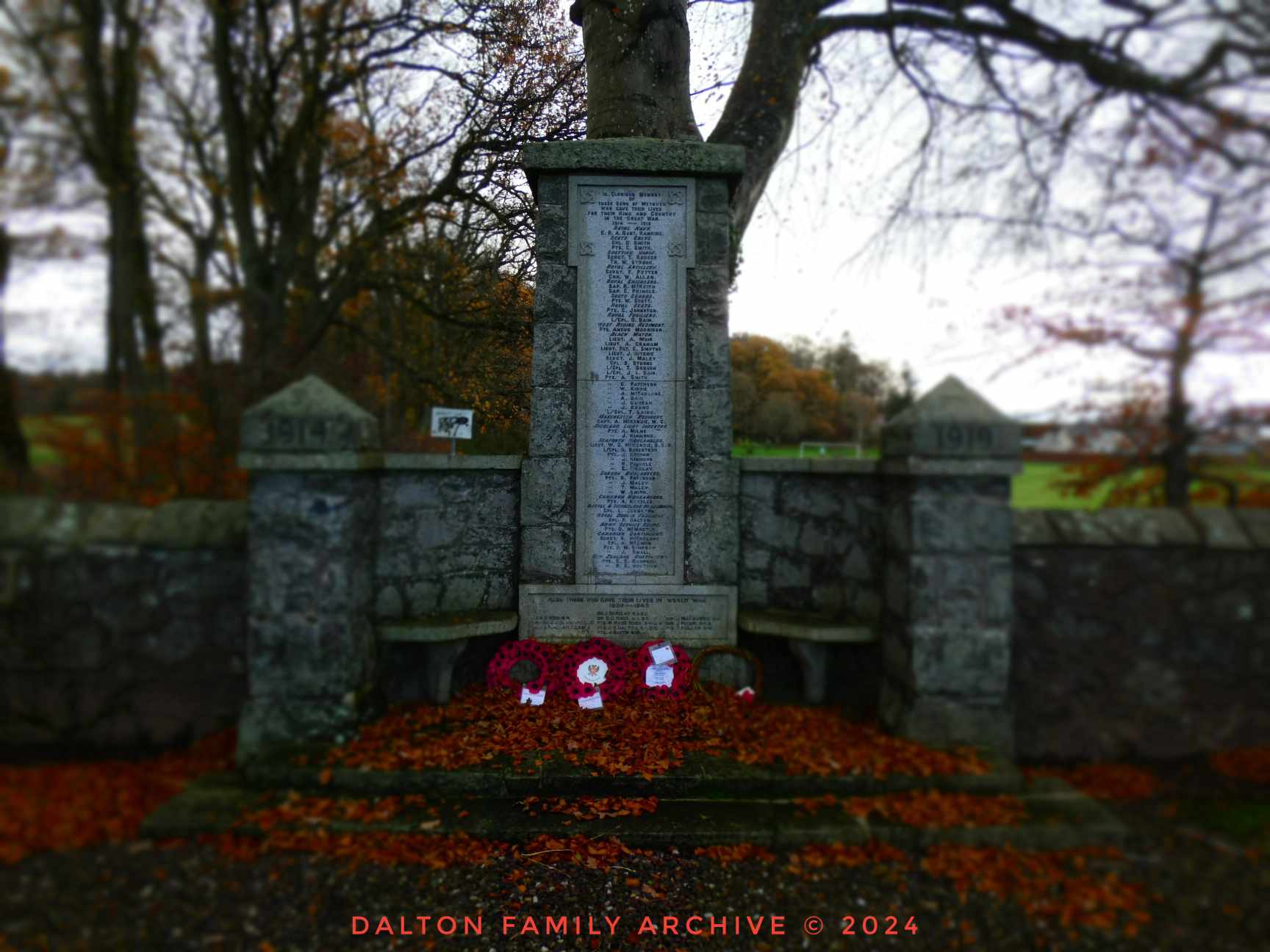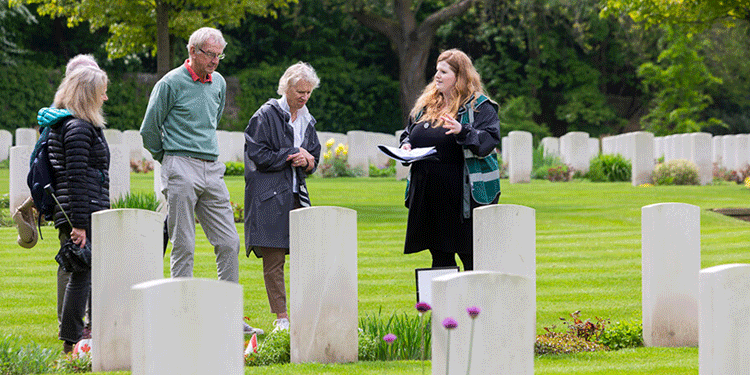
Patrick Dalton was born on the 17th of December 1885 in the slate-mining area of Clashnasmut, Ahenny, Carrick-on-Suir, Co. Tipperary, Ireland to Mary Walsh, and Patrick Dalton. The youngest of nine children.
In the 1901 census of Ireland Patrick is listed as working as a Farm Hand, there is evidence to suggest he also worked in the Victoria Slate Mine on the Tipperary/Kilkenny county border. This particular company improved the quality of lives for their workers by building houses with slated roofs and schools.
In 1901 the 16 year old Patrick is listed as being able to read and write, in addition to this we now know he was bilingual being able to speak both English and Irish.
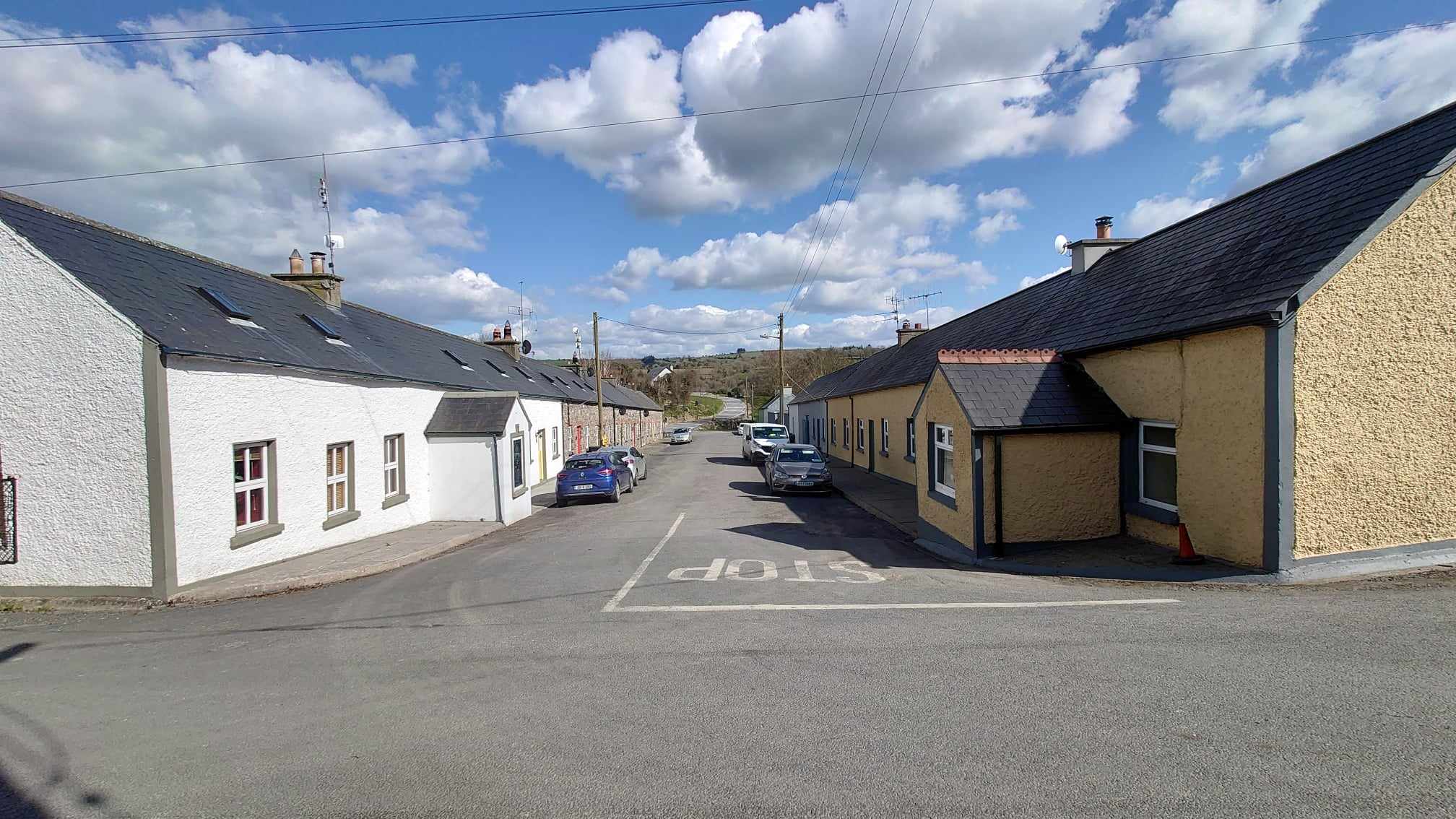
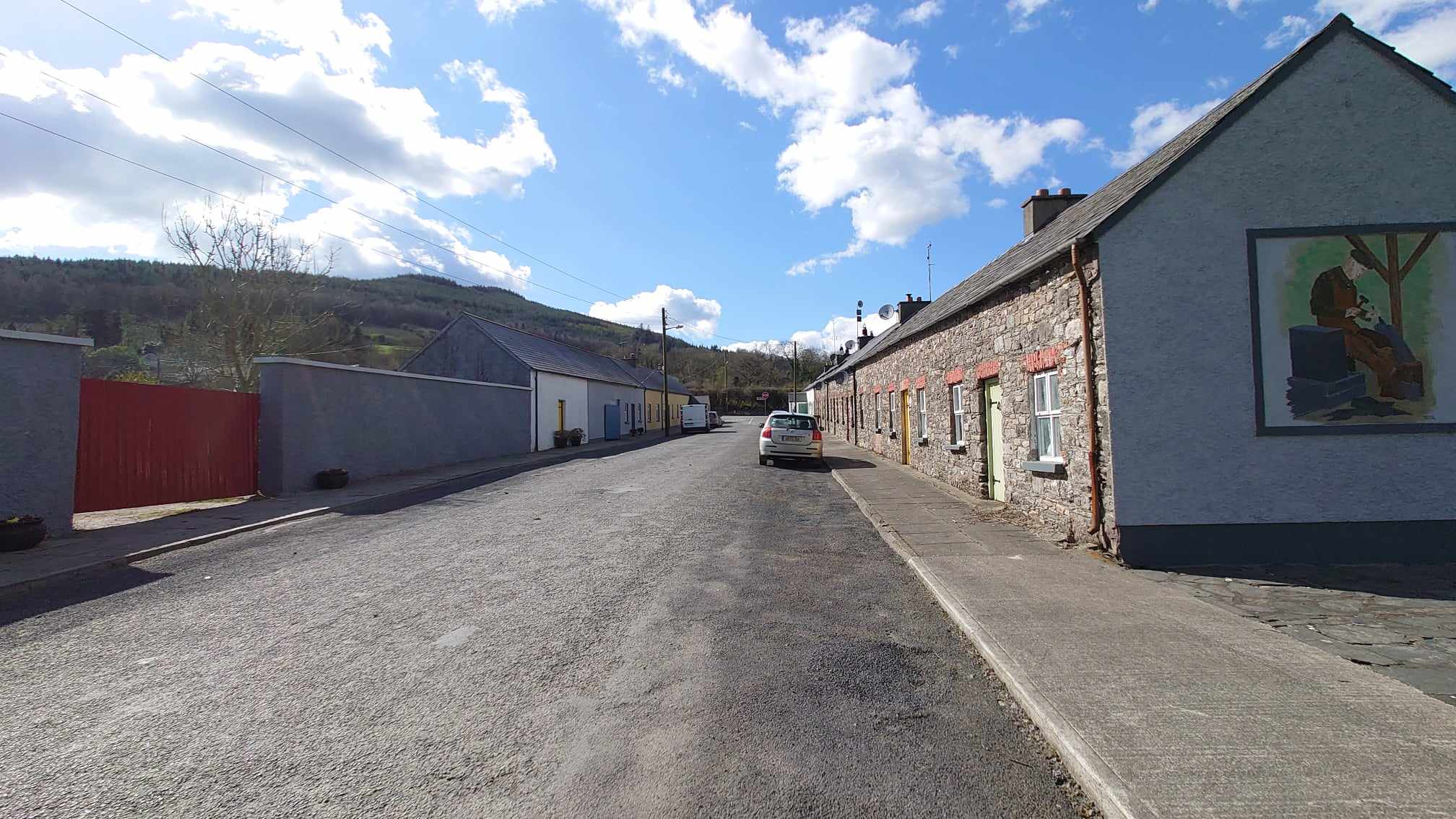
Between 1904 and 1907, Patrick travelled to Scotland, migration in one sense as Ireland was part of the United Kingdom of Great Britain and Ireland at this time.
Patrick followed his brothers to the Glenalmond area of County Perthshire, Scotland, an area which at the time was renowned for it's superior Scottish slate quarried seasonally. Patrick joined his brothers at the quarry cottages known as Wester Reisk, his older brother, also named Patrick had died there in 1882. In the present day the cottages exist in the form of a ruin.
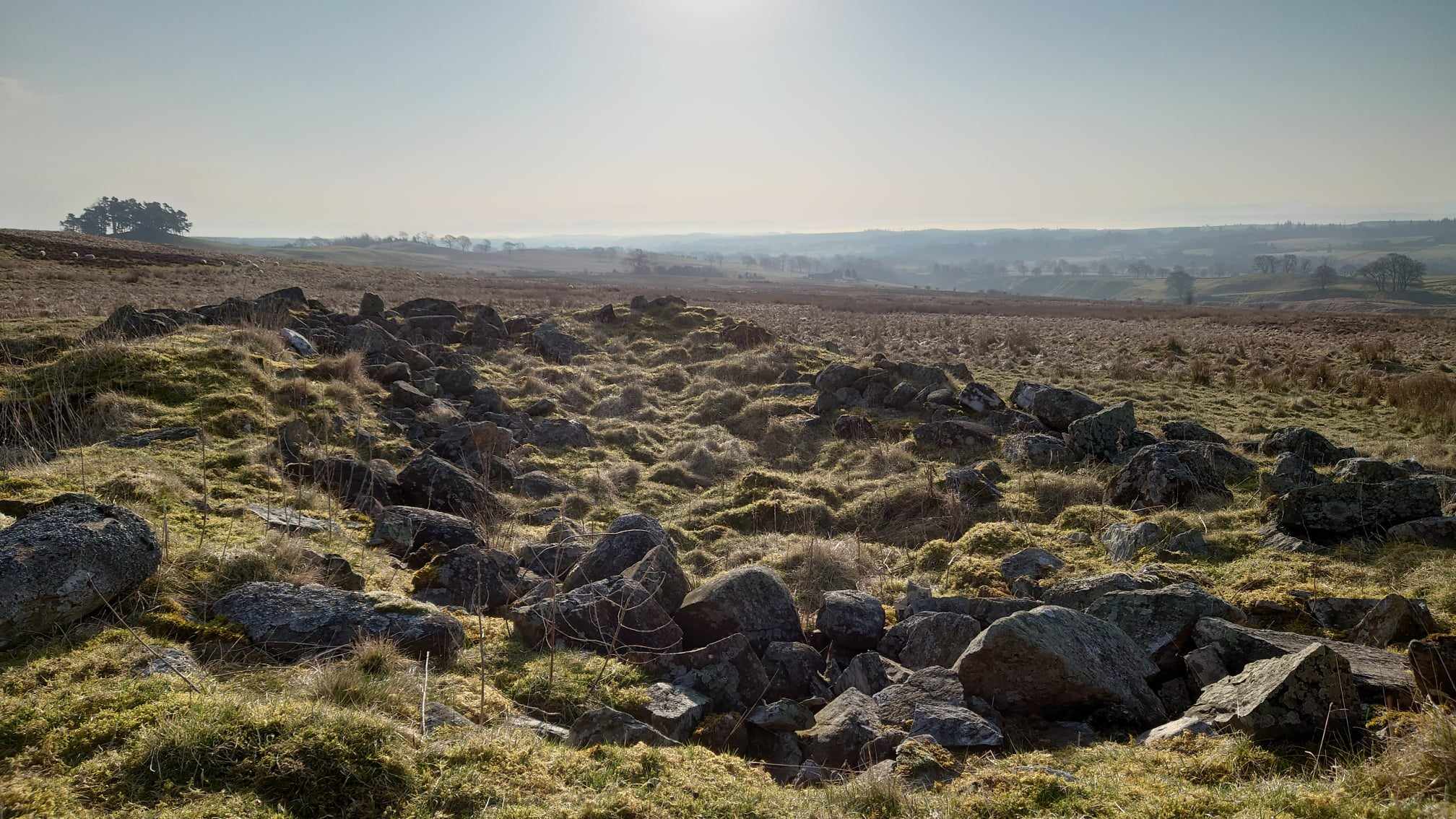
On Tuesday the 23rd of July 1907, Patrick Dalton married Jemima Doig at Wester Campsie Farm Cottages, Glenalmond, Perthshire. The couple were married by Father Thomas Murphy of St. Fillan’s.
During their marriage Jemima and Patrick had 5 children, Christina, Sarah, Richard, Patrick, and Alexander, by 1910 the family had moved to the nearby village of Methven, at this time Patrick was listed as a Mason’s apprentice during the 1911 census, records of occupation also show he was involved in the seasonal occupations of Wood carting, and quarrying for slate, this reflects the seasonal nature of the work at Craiglea Quarry where work would often cease over the winter months due to the harsh conditions and difficulty involved in removing material during inclement weather.
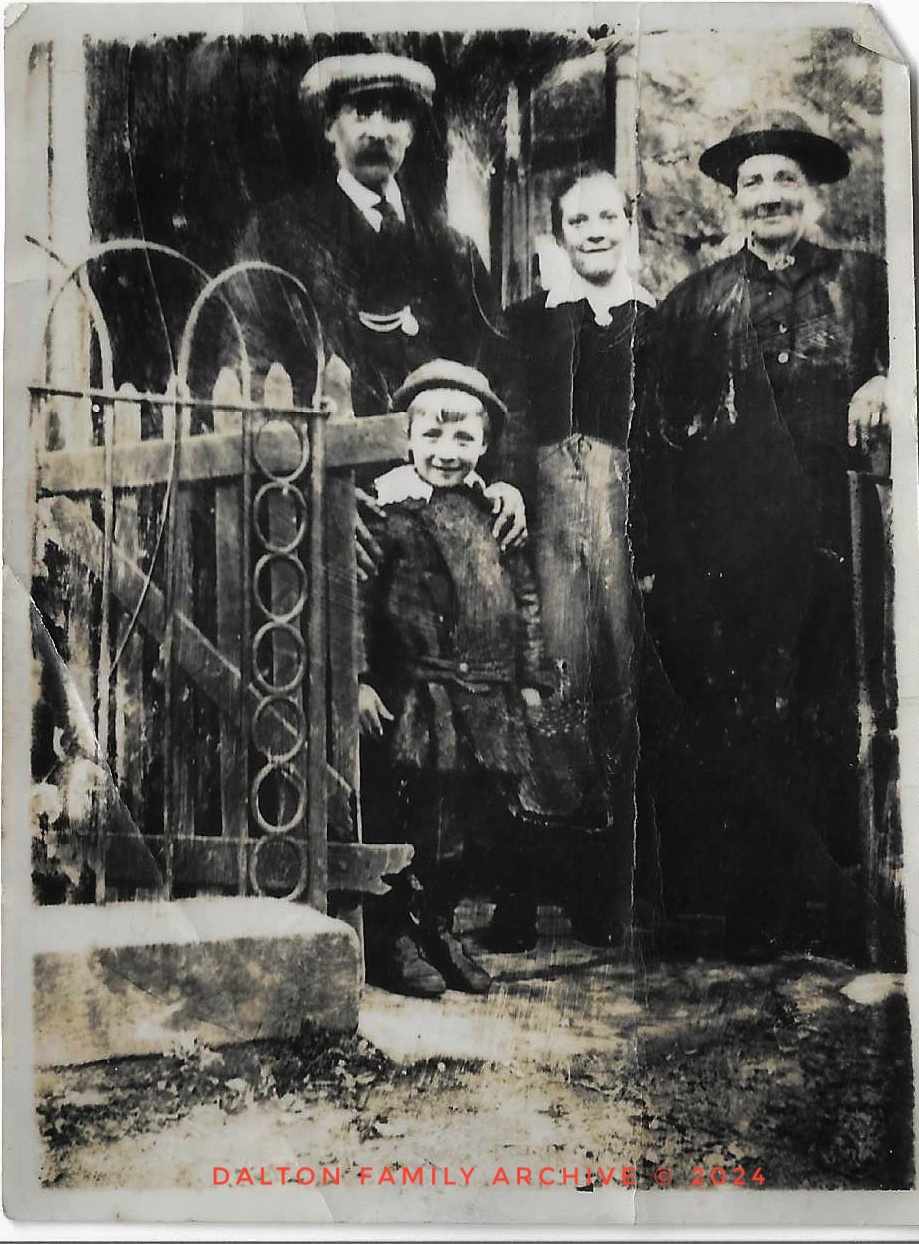
Patrick Dalton joined the British Army in late 1914, a time when thousands of men across Ireland and Britain were enlisting to serve in the Great War. Responding to the call of duty, he became a member of the Royal Dublin Fusiliers, 9th Battalion, 16th (Irish) Division. His regimental service number was 16101, and throughout his military service, he rose to the rank of Corporal.
After nearly a year of training and preparation, Patrick and his battalion were deployed as part of the British Expeditionary Force to France, embarking on their journey to the Western Front on the 15th of December 1915. This marked the beginning of Patrick’s involvement in some of the most harrowing battles of the war, as the 16th Irish Division became embroiled in the brutal trench warfare that defined the conflict.
During his time on the front, Patrick had the rare and brief opportunity to meet his brother John, a private in the Royal Irish Regiment. In a soldier's chaotic and often fragmented life, such meetings were rare moments of respite from the horrors of war, offering a fleeting connection to home.
Sadly, this reunion was to be one of their last moments together. Not long after this meeting, Patrick was reported missing in action. His date of death was recorded as the 16th of August 1917, during one of the fiercest periods of fighting on the Western Front, known as the Third Battle of Ypres (also widely referred to as Passchendaele) a campaign notorious for its torrential rain, deep mud, and staggering loss of life.
Like so many others, Patrick Dalton was never found, and he has no known grave. His body was lost to the battlefields of France, consumed by the devastation and chaos of war.
Patrick Dalton's name is inscribed on war memorials in Methven, Perthshire, the National War Memorial of Scotland at Edinburgh Castle, and in the records of the Irish National War Memorial Gardens in Dublin, which are dedicated to those who died in the Great War but have no known resting place.
His sacrifice, along with that of countless others, stands as a poignant reminder of the terrible cost of war and the ultimate price paid by so many during the conflict. Although his remains were never recovered, his memory endures through his family and the collective remembrance of those who served and died during the war. Patrick Dalton's story is just one of millions, but it serves as a testament to the courage and sacrifice of those who fought and fell on the battlefields of France and Flanders.
His death also left a profound impact on those he left behind. Like so many others, Patrick's wife Jemima was left to raise their children alone, another cruel reality of the aftermath of war.
Though Patrick Dalton's life was cut tragically short, his legacy lives on in the hearts of those who remember him, and in the enduring history of the Great War.
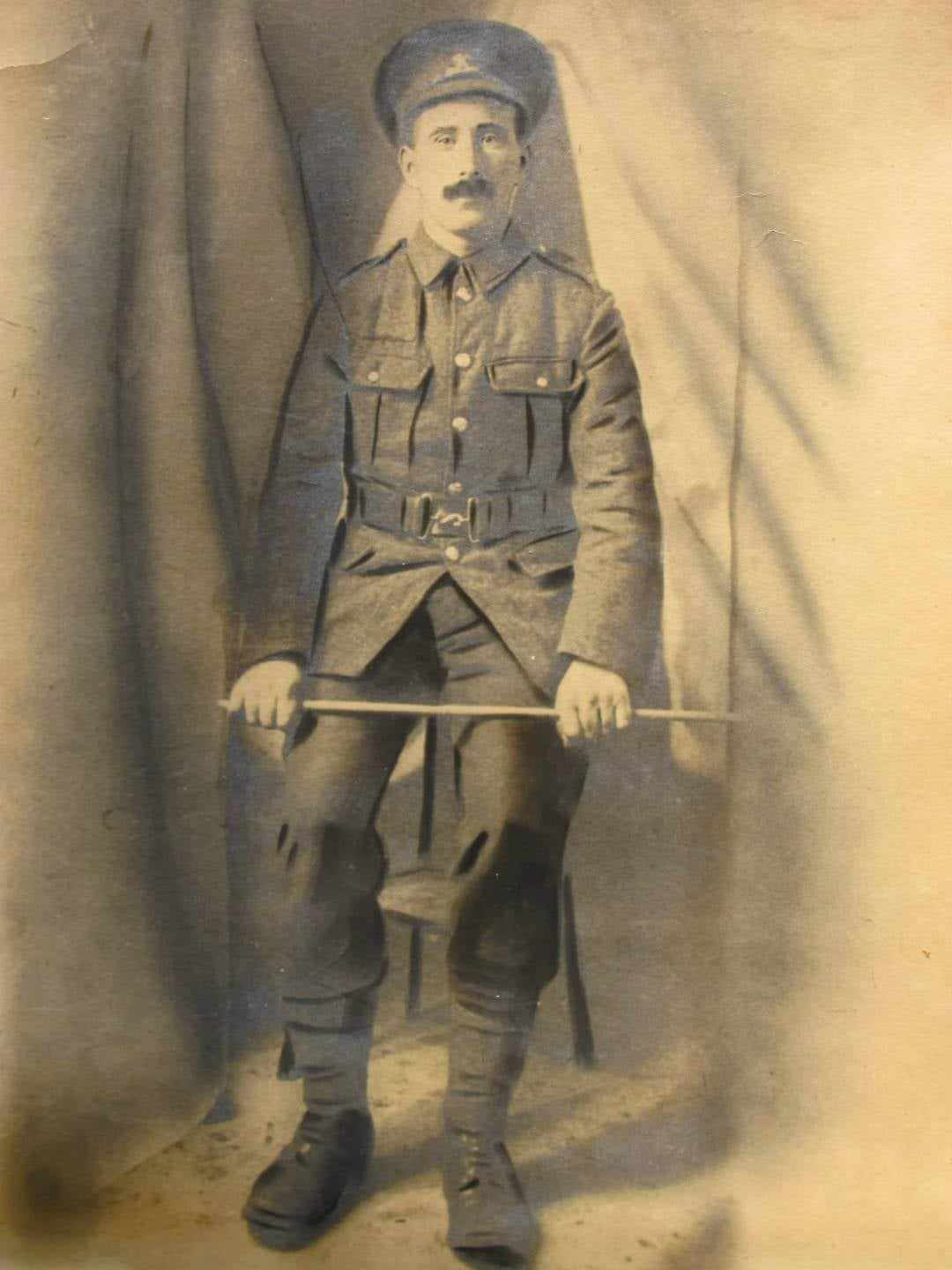
Methven War Memorial, Methven, Perthshire (image copyright unknown).
